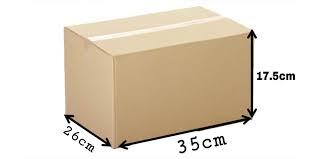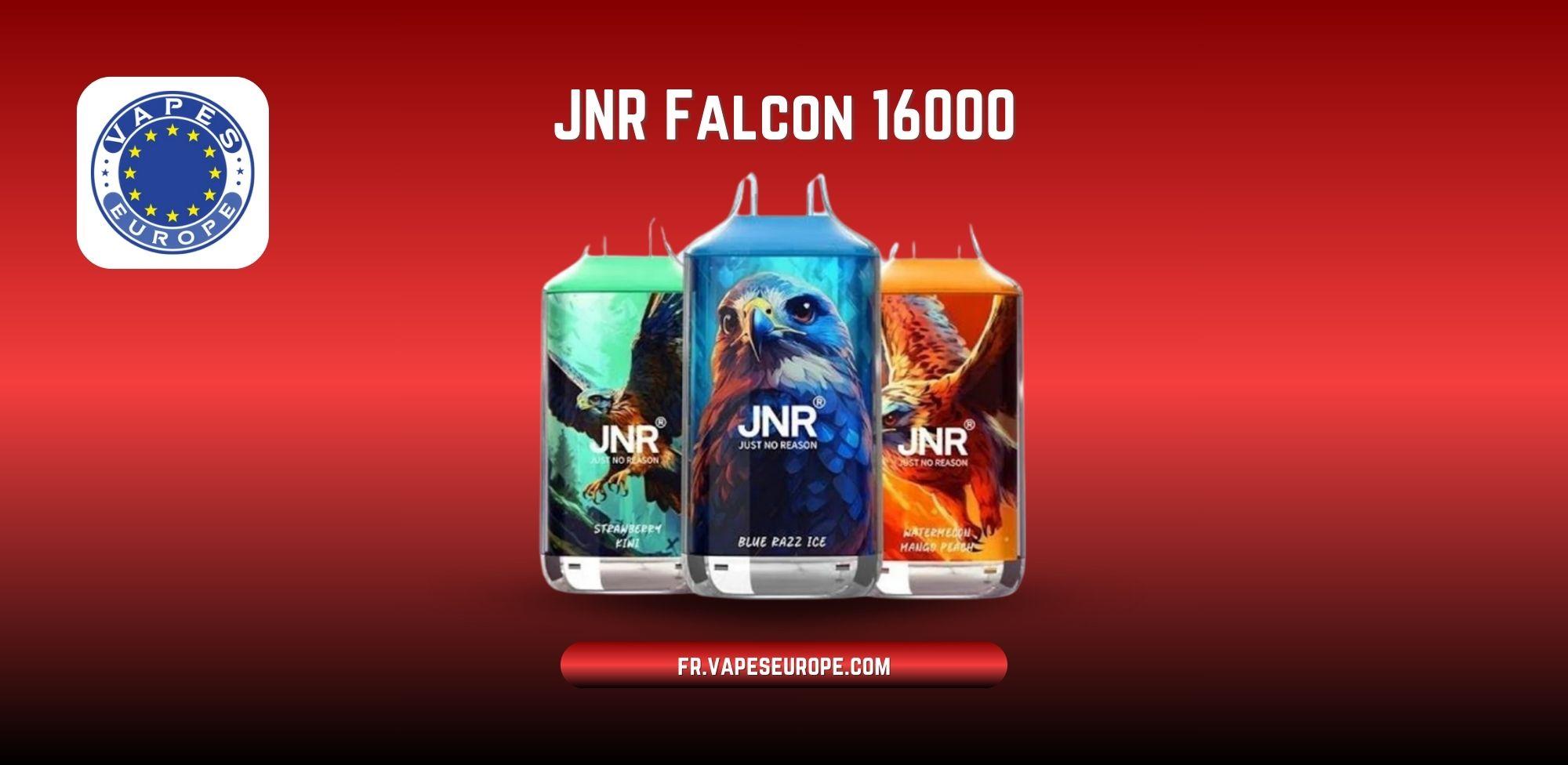How to Measure Box Size for Custom Orders

When it comes to custom packaging, choosing the right box size isn’t just about aesthetics — it’s about efficiency, product safety, branding, and cost savings. Whether you're shipping skincare products, electronics, or food items, accurate box measurements ensure that your product arrives safely while minimizing material waste and shipping expenses.
In this guide, we'll walk you through how to measure a box properly for custom orders, what dimensions matter most, and why size accuracy is key for both e-commerce and retail packaging.
Why Accurate Box Measurement Matters
Ordering the wrong box size can lead to:
-
Damaged products due to insufficient padding.
-
Higher shipping costs because of unnecessary bulk.
-
Poor customer experience if the product appears lost inside a large box.
-
Increased environmental impact due to wasted material and filler.
By measuring correctly, you get a custom box with free shipping that not only fits your product perfectly but also elevates the unboxing experience.
Key Box Dimensions You Need to Know
To measure a custom box properly, you’ll need to consider three primary dimensions, always measured from the inside of the box:
-
Length (L): The longest side of the box when it's lying flat.
-
Width (W): The shorter side adjacent to the length.
-
Depth/Height (H): The distance from the base to the top of the box when closed.
Standard format: L x W x H (in inches or centimeters)
Example: A box measuring 10" x 6" x 4" means:
-
Length: 10 inches
-
Width: 6 inches
-
Height: 4 inches
This format is crucial when filling out specifications for custom cardboard boxes, custom kraft boxes, or custom rigid boxes wholesale.
Step-by-Step Guide to Measuring Your Product for a Custom Box
1. Measure the Product Itself
Start by measuring your product using a ruler or measuring tape:
-
Length: Longest side
-
Width: Shortest side
-
Height: From base to top
Make sure to include any accessories, product wrapping, or protective layers in your measurements.
2. Add Cushioning Space
To ensure product safety during transit, add extra space for internal packaging materials like:
-
Bubble wrap
-
Foam inserts
-
Paper fillers
As a rule of thumb, add 0.5 to 1 inch to each dimension for cushioning. If your product is fragile, you may need even more buffer room.
3. Determine the Final Box Size
Once you've measured the product and added cushioning allowance, note the final dimensions. This becomes the internal measurement of your custom box.
Common Mistakes to Avoid When Measuring Box Size
-
Measuring the outside of an existing box instead of your product.
-
Forgetting to include padding material, leading to tight fits or damages.
-
Assuming all boxes are measured the same way. Some vendors may use external dimensions, so confirm before ordering.
-
Ignoring stacking requirements — if boxes are to be stacked on shelves, accurate height becomes critical.
Choosing the Right Box Style Based on Size
Once you’ve measured accurately, match your box style to your product type:
-
Custom Mailer Boxes: Ideal for subscription products or e-commerce shipping.
-
Custom Tuck Boxes: Great for cosmetics or small retail items.
-
Custom Rigid Boxes: Perfect for luxury or high-end items needing more protection.
-
Custom Kraft Boxes: Best for eco-conscious brands with minimalistic design.
-
Custom Display Boxes: Suitable for point-of-sale retail packaging.
You can explore all these options in the Custom Cardboard Boxes section of our website for the perfect match.
Bonus Tip: Use a Box Sizing Calculator
Many packaging suppliers now offer online box size calculators where you simply input your product dimensions, and it recommends the best box style and size. This can save time and minimize errors, especially if you’re new to packaging.
Why Custom Box Sizing Matters in 2025
With e-commerce on the rise and customers expecting branded, waste-free packaging, correctly sized custom boxes are more important than ever. In fact:
-
Many shipping carriers are now using dimensional weight pricing, which means the box size can cost you more than the weight itself.
-
Eco-conscious buyers prefer minimal packaging waste, making oversized boxes a turn-off.
-
Brand image and unboxing experience are directly tied to how well your product fits in its box.
Conclusion: Size It Right, Ship It Smart
Proper box measurement isn’t just a technical step — it’s the foundation of successful product delivery and branding. Whether you’re ordering custom kraft boxes, retail packaging, or rigid boxes, knowing how to measure accurately will save you money, reduce waste, and impress your customers.
Make sure to measure your products precisely, add room for protective materials, and match them with the right box style. When in doubt, consult a packaging expert or explore our full collection of custom box styles to find the perfect fit for your brand.








